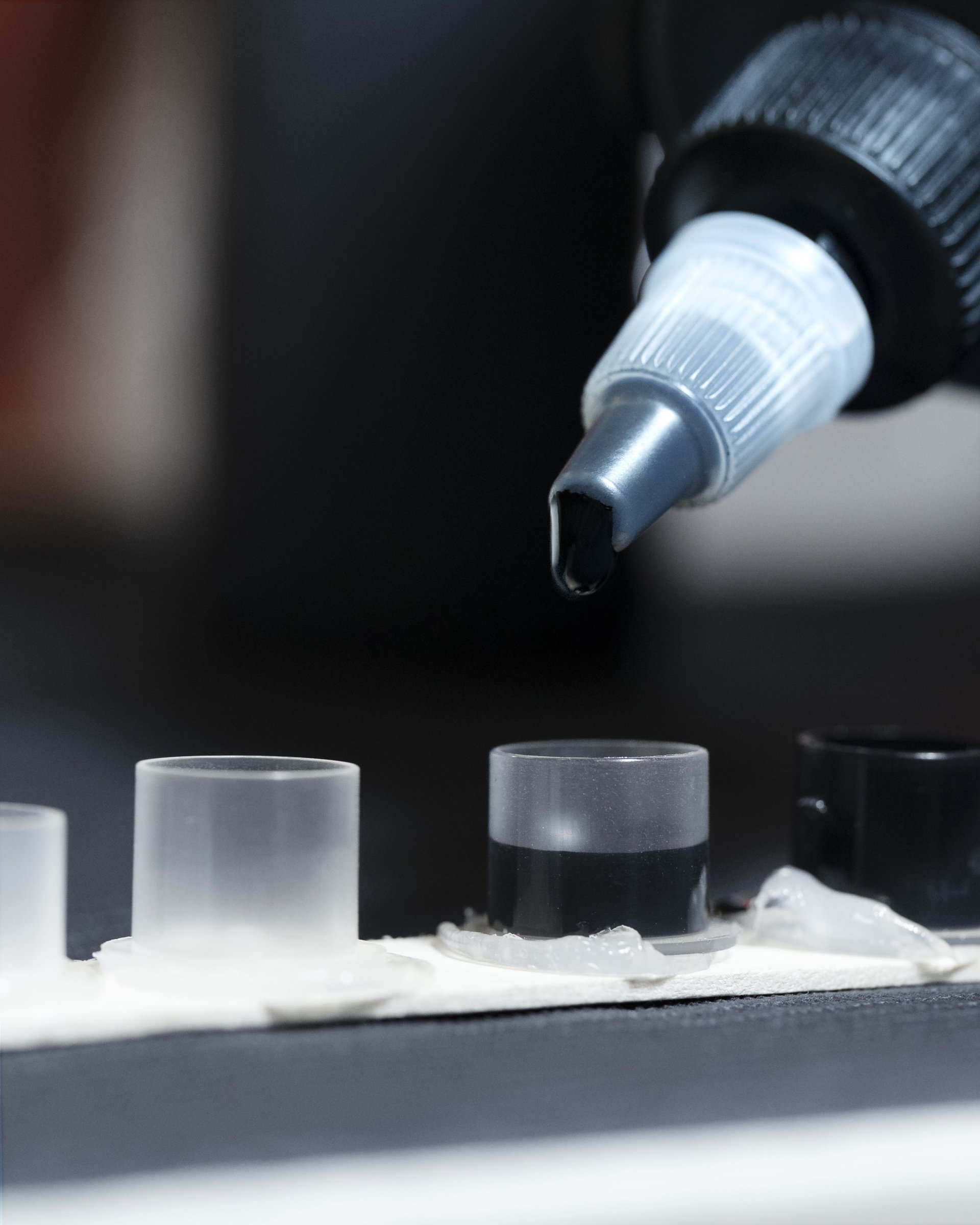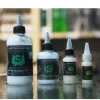Tattoo Ink Art on the Body and Safety You Should Know

Tattoo Ink Art on the Body and Safety You Should Know
Rollerink Tattoo Ink is not only a form of art that tells the stories, beliefs, and identity of the wearer, but it also directly affects skin health. Choosing safe, certified ink is essential to prevent allergies, irritation, and potential infections.
Types of Tattoo Ink
Traditional Tattoo Ink
Traditional tattoo ink is often made from natural pigments such as soot or finely ground minerals mixed with solvents like alcohol or glycerin. These inks typically come in limited colors such as black, brown, or red, and are commonly used in classic or tribal tattoo styles.
Modern Tattoo Ink
Modern tattoo ink is produced from synthetic pigments that offer vibrant and diverse colors. They are more resistant to sunlight and fading, making them the preferred choice for most tattoo artists today as they allow for highly detailed artwork.
Organic Tattoo Ink
Organic tattoo ink is made from plant- or animal-based materials such as charcoal, coconut shells, or finely ground tree bark. It is popular among those who prioritize health and environmental friendliness. However, it is important to verify the source of the ink to ensure safety.
Safety of Tattoo Ink
Ingredients to Watch Out For
Some brands of tattoo ink may contain heavy metals such as lead, mercury, or nickel, which can cause irritation, allergic reactions, or build up in the body. Always check the label and choose inks that are certified and meet safety standards.
Risk of Infection
If tattoo ink is contaminated or equipment is not properly sterilized, there is a risk of bacterial, viral, or fungal infections. It is important to choose a tattoo studio with high hygiene standards.
Allergy Testing Before Tattooing
Always perform an allergy test before getting a tattoo by applying a small amount of ink on a small patch of skin and observing it for 2448 hours. This helps prevent allergic reactions afterward.
Aftercare for Tattooed Skin
Cleaning and Preventing Infection
After getting a tattoo, clean the area gently with clean water and mild soap, pat it dry, and apply antiseptic ointment as advised by your tattoo artist.
Avoiding Sun Exposure
Avoid direct sunlight in the early healing period, as it can fade the ink color and burn the skin, which may slow down the healing process.
Keeping the Skin Moisturized
Regularly apply fragrance-free lotion or moisturizer to keep the tattooed skin hydrated. This helps the skin heal faster and keeps the tattoo colors vibrant for longer.
Conclusion
Tattoo Ink is an art form that expresses identity, yet safety must come first. Choosing high-quality ink, checking ingredients, and proper tattoo aftercare help reduce risks of allergies and infections while preserving the beauty and longevity of the tattoo.


